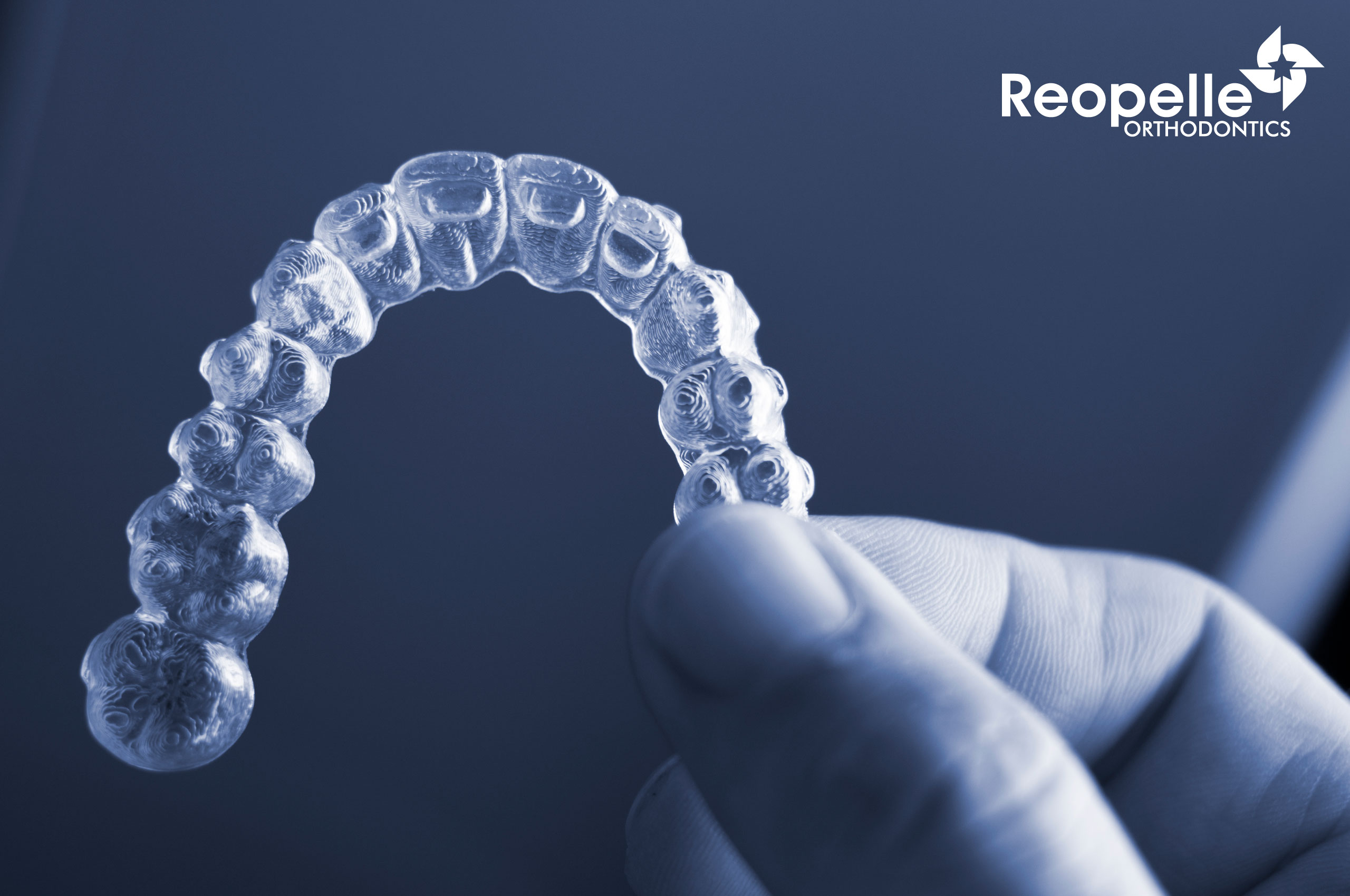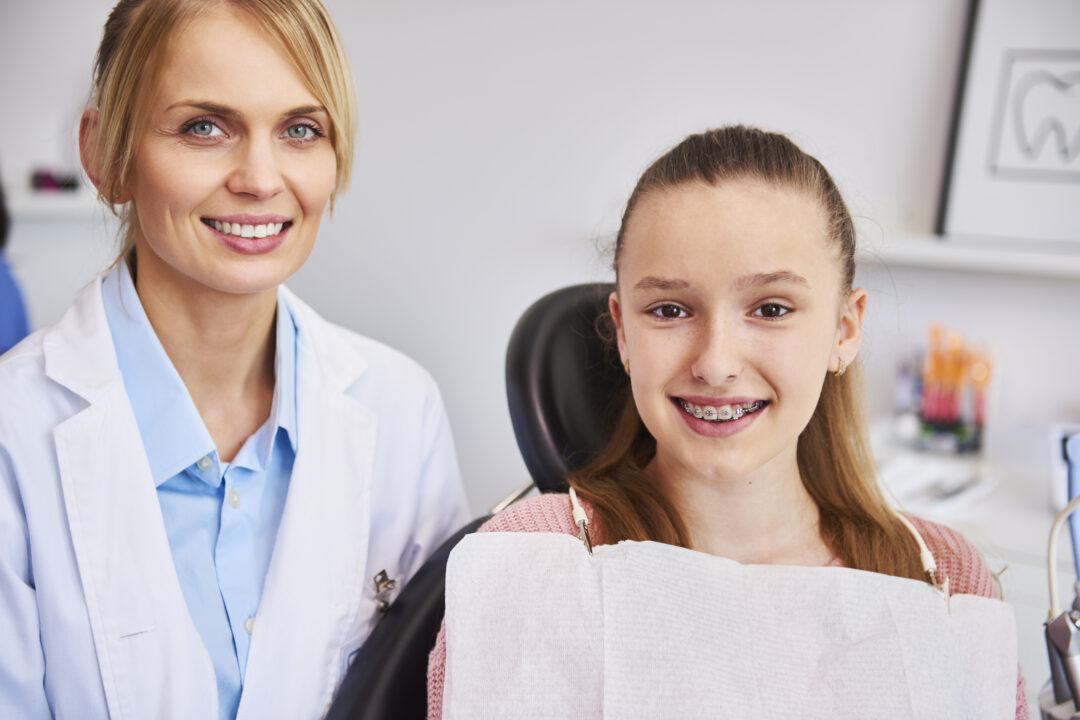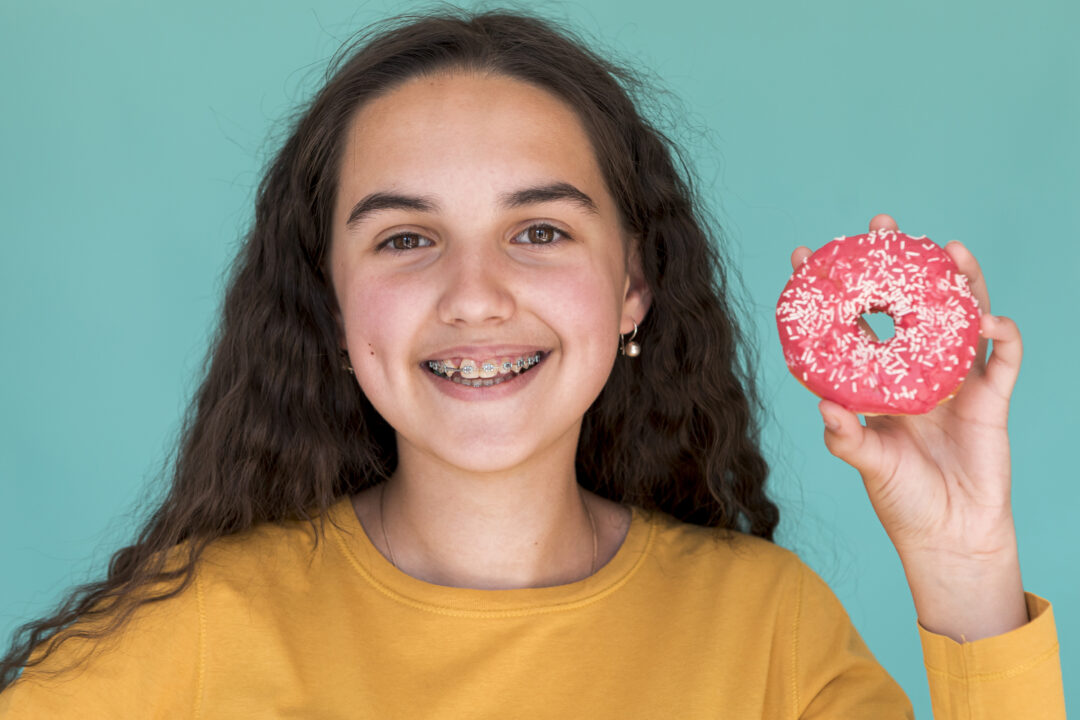What Are the Different Types of Clear Aligners or Clear Braces?

It is sometimes customary to think about how it would have been to wear discreet aligners twenty years ago. Some of us have worn braces while we were teenagers and know how it feels to pass through this lengthy process. In addition, when thinking of braces, we sometimes remember the discomfort caused by orthodontic treatment in the past.
It was tough to say no to our favorite meals. But it was even tougher to avoid appearing in pictures and having to smile at people. Having a mouth full of metal produces a feeling of self-consciousness in most people especially in teenagers. At that age, the decision to wear braces was a complicated one.
For instance, having crowded teeth and, above that, wearing braces exacerbates an existing feeling of embarrassment. Luckily, today we can enjoy a full range of technological advances that make our lives more comfortable. Technology advancements brought us smartphones, 5G internet, and almost unlimited access to information. There are also several advancements in areas like orthodontics.
Consequently, the introduction of clear orthodontic teeth aligners has revolutionized how we see orthodontics. This article addresses the advantages of clear aligners compared to traditional braces orthodontics, listing the different types of transparent alignment devices available in the market and their costs.
Which System Is Better, Braces or Clear Aligners?
To answer this question, we have to make an important distinction first. The rewards of clear aligners seem to outbalance those of orthodontics braces type. However clear alignment systems are not intended to solve severe malocclusions treated with the conventional system. With this crucial distinction defined in advance, we acknowledge the benefits of clear alignment systems by listing their advantages.
Eases Oral Hygiene
Traditional orthodontic treatment requires practicing oral hygiene habits with particular attention to detail. Food particles and debris accumulate over teeth, braces, and wires. Accumulation of food residues produces a conducive environment for bacteria accumulation.
Proper and detailed oral hygiene is vital to reduce or eliminate bacteria and biofilm that precede oral diseases, including tooth decay, gum disease, tooth cracking, infections, losing pieces to even affecting other organs.
Teeth aligners have the advantage of being removable. Removability means patients can detach their appliances before eating and then practice their regular oral hygiene habits.
After meals, patients can easily clean their appliances and put them back. Therefore, removable devices eliminate the chances of waste accumulation on brackets and wires. However, wearing clear aligners by no means eliminates the need for proper brushing and flossing.
No Dietary Restrictions
During orthodontic treatment in Roanoke with braces, orthodontists communicate with patients advising to restrict chewing hard-to-bite, sticky, and crunchy foods strictly. Dietary restrictions are frustrating for patients, but failing to comply with orthodontist advice can delay treatment time. In addition, wires can break, and brackets might fall off their intended position, causing discomfort and sometimes irritating soft tissue in the mouth.
Clear alignment systems are removable, allowing patients to chew their favorite foods without restrictions. Furthermore, there is clinical evidence that chewing sugar-free gum, approved by the American Dental Association, increases saliva production that helps counteract bacteria buildup.
Enhanced Esthetics
We have discussed the unpleasant discomfort of wearing braces, especially when socializing in public as teenagers. Unfortunately, we strive for social acceptance as human beings, and braces sometimes interfere with this mission. Fortunately, today young patients can achieve having a beautiful smile without feeling self-conscious about their appearance.
Clear aligners are virtually invisible, making them popular among all age groups. Adults are the most prevalent group opting for clear alignment systems with a share of 60% as they perceive their appearance as crucial in the job market and its social activities interaction. However, forecasts prognosticate a substantial growth in revenues from clear alignment sales, with over one million teenagers using clear aligners as of 2018 and growing.
Enhanced Comfort
Clear dental aligners cozily suit a patient’s denture, being comparably more comfortable to use than traditional braces in Roanoke. Technology advancements in design include comprehensive 3D digital images sent to technical labs that mold clear trays for a perfect fit. In addition, nanotechnology advancements include research in materials that produce better traction, helping trays move teeth accurately and quickly.
What Are the Different Brands and Types of Clear Aligners?
We include a list of Clear Alignment Systems available in the market. The index ranges from the most trusted brands to less commonly known brands in the market these days.
Invisalign
Invisalign is a worldwide renowned brand in the clear orthodontics market. Invisalign’s main advantages include being at the forefront of the Invisible Alignment Systems.
Invisalign has performed exhaustive research in developing imaging with patented scanning equipment that provides an accurate evaluation of cases and detailed appliance manufacture. In addition, research includes patented materials with increased teeth traction that enhances treatment efficiency.
Spark
Spark is remarkably Invisalign’s number one competitor in the clear alignment market. Consequently, Spark aligners intend to attract an important portion of the straighteners market when it comes to technological developments.
Spark also invests in research with advancements that include materials developments. For example, TruGEN is a brand’s innovation that is allegedly clearer and softer due to its polished edges than Invisalign’s SmartTrack material. Also, according to Spark’s website, its aligner material is less prone to stains.
Byte
Byte Is a good alternative to Invisalign. The competitive advantage of the Byte clear alignment system is its cost and has an average shorter treatment span. In addition, with Byte patients can get their denture impressions at home and send them to a lab to custom-make the appliances.
Byte recommends wearing trays for a week before switching to a new pair of appliances. In addition, byte offers the option of wearing aligners at night and 22 hours for quicker results.
The package includes an FDA-approved device named HyperByte that signals high-frequency vibrations to enhance treatment results and provides increased comfort for patients.
Smile Direct Club
Smile Direct Club allows patients to have their impressions taken at home or a 3D imaging scan. Smile Direct Club also offers two treatment options, a night 10-hour treatment and a 22-hour plan to adjust to the patients’ requirements.
There is no need for mandatory checkups among the pros of Smile Direct Club treatment as it includes a dental care system available 24/7 and a lifetime guarantee.
Candid
Candid works with a list of brand-certified specialists patients can contact from a list. Once they get the required oral impressions, patients receive a set of aligners and a peripheral materials kit.
Candid’s innovations include a device named CandidPro that helps patients send an at-home scan of their teeth alignment progression every 14 days. Candid is a newbie in the market of clear alignment systems founded in 2017.
How Much Do Clear Aligners Cost?
So far, we briefly included general information about the different brands that have dabbled into the clear orthodontics market. In addition, we include the costs of each of the previously mentioned types and brands. Finally, we represent each brand’s base and ceiling treatment costs, from the most expensive to the one with the lowest price.
- Spark costs range from $3,500 up to $8,000
- Invisalign costs range from $3,000 up to $7,000
- Candid costs range from $2,400 up to $3,143
- Byte costs range from $1,895 up to $3,336
- Smile Direct Club costs range from $1,950 up to $2,386



